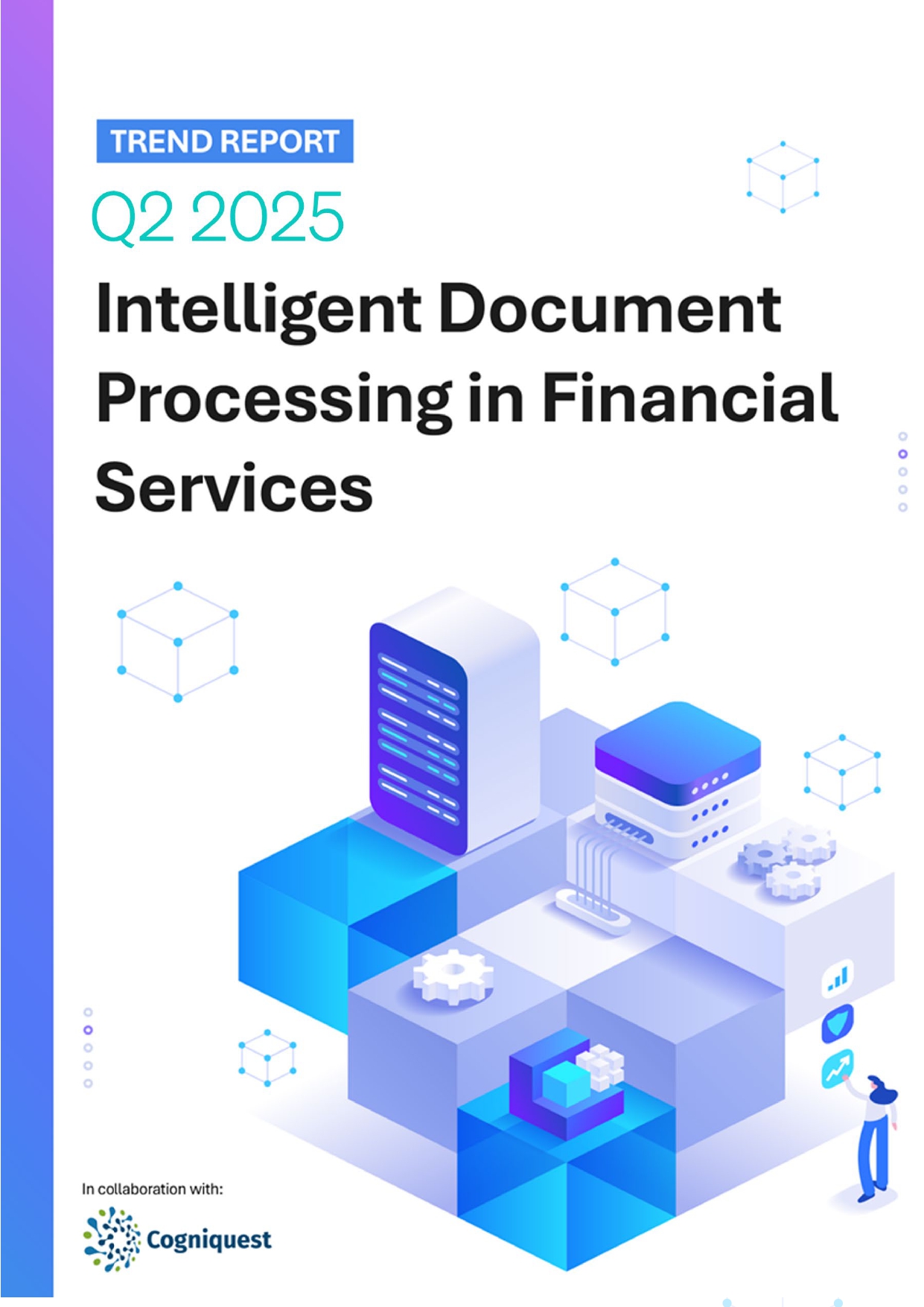 Back
Back
3 trends driving the FinTech industry’s growth in 2022
By Leandra Monteiro
 Over the last few years, the payments market and the FinTech industry as a whole have faced more than one unprecedented challenge, right from natural disasters like the pandemic to economic and political events such as Brexit or the recent Ukraine war and the subsequent sanctions aimed at Russia. In spite of the unrest, market players continue to innovate, giving rise to new trends which push the industry forward.
Over the last few years, the payments market and the FinTech industry as a whole have faced more than one unprecedented challenge, right from natural disasters like the pandemic to economic and political events such as Brexit or the recent Ukraine war and the subsequent sanctions aimed at Russia. In spite of the unrest, market players continue to innovate, giving rise to new trends which push the industry forward.
Here are 3 new trends driving the FinTech industry forward:
A rise in A2A payments:
A2A Payments is an abbreviation for Account to Account Payments. This feature enables users to make transfers between accounts from the Credit Union and accounts at other financial institutions.
A2A payments are an advancement in the fast-changing payments landscape. This solution enables to cut out third parties and transfer payments directly from customers’ bank accounts to the merchant. By helping to carry out payments at a faster speed and lower costs, the technology embraces the vast potential for businesses of any size or industry. Although only gaining momentum, A2A payments have the potential to significantly reshape the FinTech market as we know it, a change payment service providers must be prepared for.
Embedded finance:
Embedded Finance or embedded banking is the seamless integration of financial services into a traditionally non-financial platform (NBFC). Customers are now able to access financial services within the app and in context.
To meet the rising demand for embedded finance, financial institutions are increasingly offering banking as a service (BaaS) offerings, often white-labelled or co-branded services, that nonbanks and non-banking apps can use to serve their customers. For example, consumers can make cashless payments within a ride-hailing app such as Uber or Ola in India.
Ensuring that it works will require modern technologies and capabilities, because BaaS is generally distributed to customers via APIs and requires strong risk and compliance management of the embedded finance partner.
Embracing green finance
Human activity is changing the climate in unparalleled and sometimes irreversible ways. To improves the planet’s health, United Nations has set an ambitious goal for the world to reach net-zero emissions by 2050.
From helping customers to contribute toward carbon emissions, planting trees, and launching wooden cards, to assisting in investing in a sustainable future, FinTechs are stepping up to the plate. Furthermore, FinTechs are re-evaluating their own impact on the environment, funding green innovation, and even rolling out solutions designed to help other companies lighten their carbon footprint.
ALSO READ: Global Payments Vendors and Landscape Report Q4 2021
IBSi FinTech Journal

- Most trusted FinTech journal since 1991
- Digital monthly issue
- 60+ pages of research, analysis, interviews, opinions, and rankings
- Global coverage
Other Related News
Related Reports

Sales League Table Report 2025
Know More
Global Digital Banking Vendor & Landscape Report Q2 2025
Know More
NextGen WealthTech: The Trends To Shape The Future Q4 2023
Know More
Intelligent Document Processing in Financial Services Q2 2025
Know More


